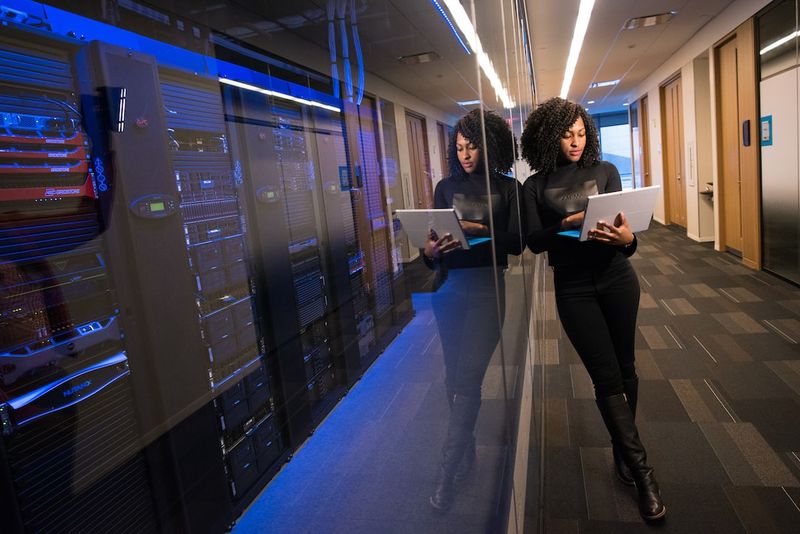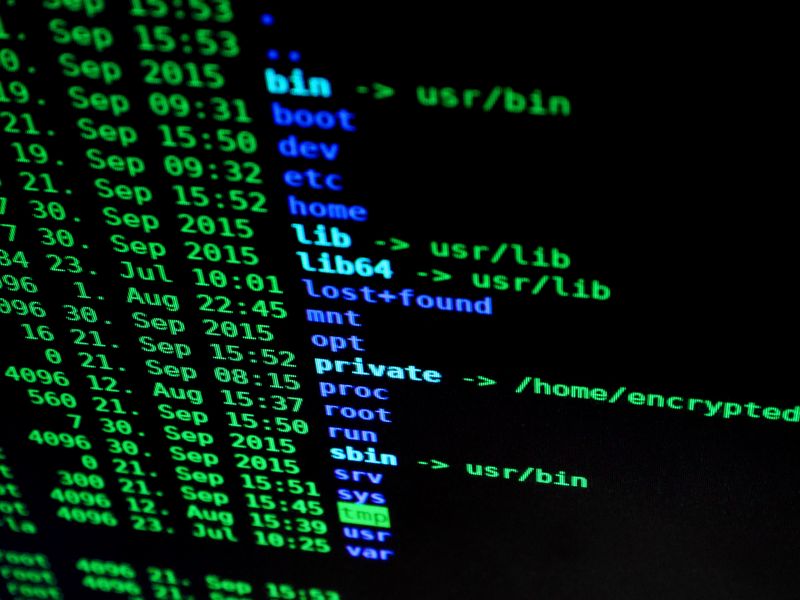CISOs face new security challenges in a borderless enterprise landscape
The COVID-19 pandemic has accelerated the adoption of remote work and collaboration tools, leading to a new frontier for Chief Information Security Officers (CISOs). As organizations embrace a borderless enterprise landscape, CISOs are tasked with forging a strong security posture to protect their organizations from evolving threats and vulnerabilities.
Identity
One critical concern for CISOs is identity management. The lack of a unified platform across identity access management (IAM), identity governance and administration (IGA), and privileged access management (PAM) creates a fragmented identity topology within organizations. CISOs are calling for startups to offer solutions that are easier to deploy, provide comprehensive coverage, and offer rich integrations.
Data
CISOs are no longer solely responsible for security but must also enable collaboration and business operations securely. To achieve this, they must balance data protection and use. CISOs are breaking data down into four categories: data collaboration, data reliability, data privacy management, and data protection. By applying data governance controls, ensuring accuracy, complying with regulations, and protecting access to data, CISOs can ensure that data serves its intended purpose.
Code
As agile DevOps practices speed up software development, the software supply chain becomes a critical aspect of enterprise security. CISOs recognize the importance of securing the software supply chain, with 70% of them prioritizing it. Full visibility into the development pipeline is necessary for adopting a holistic strategy, including open-source governance, delivery pipeline management, and assessing risks in third-party software. Third parties should be held to the same security standards as the rest of the enterprise.
Infrastructure
With the majority of enterprises expected to adopt a cloud-first approach by 2025, cloud security becomes a top priority for CISOs. Attackers are shifting their focus to the cloud as quickly as enterprises are. While there are tools available to address data challenges related to the cloud, they may not provide the necessary visibility in the event of a data breach. CISOs must prioritize cloud security and ensure they have the means to discover the who, what, and where in case of an attack.
Emerging technology startups offer solutions for CISOs
Staying ahead of constantly evolving cybersecurity threats requires CISOs to leverage emerging technology startups. These startups offer fresh solutions that help CISOs secure their enterprises. Defining security postures for identities, data, and code distributed across a hybrid infrastructure is crucial for creating a secured network that can protect data with a distributed workforce.
Editorial: The changing role of CISOs
The transition to remote work and the borderless enterprise landscape have fundamentally changed the role of CISOs. They are no longer solely responsible for safeguarding their organizations’ data but must also enable collaboration and business operations securely. This new paradigm requires CISOs to think beyond traditional security measures and embrace innovative solutions.
Philosophical discussion: Balancing security and collaboration
The increasing importance of data collaboration and enabling business operations raises a philosophical question for CISOs: how can security and collaboration coexist? Striking the right balance between data protection and use is crucial. CISOs must ensure that data is accessible to those who need it while implementing robust security measures to prevent unauthorized access or data breaches.
Advice for CISOs
In this rapidly evolving landscape, CISOs must be proactive in adopting new technologies and approaches to security. Here are some key takeaways for CISOs:
1. Seek out startup solutions: Startups are driving innovation in cybersecurity. Look for solutions that provide comprehensive coverage, easy deployment, and rich integrations to address identity management challenges.
2. Prioritize securing the software supply chain: Develop a holistic strategy that includes open-source governance, delivery pipeline management, and a thorough understanding of third-party software risks.
3. Invest in cloud security: As the majority of enterprises embrace a cloud-first approach, prioritize cloud security measures and ensure visibility into the cloud environment in the event of a data breach.
4. Balance data protection and use: Implement data governance controls to ensure data collaboration, reliability, privacy management, and protection. Strive for a balance that allows secure collaboration while protecting sensitive information.
5. Stay informed and adaptive: Keep abreast of emerging threats, technologies, and best practices in cybersecurity. Stay flexible and adaptive to quickly respond to evolving challenges.
As the borderless enterprise landscape continues to evolve, CISOs must adapt their security strategies accordingly. By leveraging innovative solutions, balancing security and collaboration, and staying informed, CISOs can effectively protect their organizations from emerging threats and vulnerabilities.

<< photo by Christina @ wocintechchat.com >>
The image is for illustrative purposes only and does not depict the actual situation.
You might want to read !
- The Rise of AI: Strengthening Cybersecurity for a Digital Age
- The Growing Concern: Addressing Security Vulnerabilities in NGINX Ingress Controller for Kubernetes
- The Rise of GHOSTPULSE: How Hackers Exploit MSIX App Packages to Infect Windows PCs
- Navigating the Shifting Tides of Cybersecurity: Is Your Skillset CISO-Ready?




